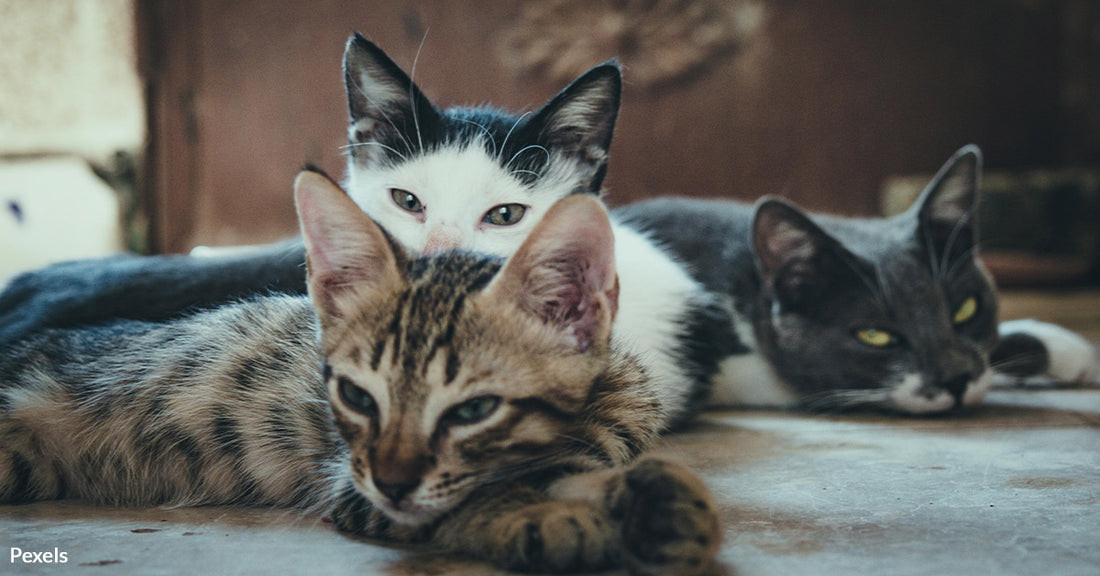Critical Secrets to Prevent Catastrophe in Multi-Cat Households
Matthew Russell
Cats, known for their independent and territorial nature, often face challenges when sharing their living spaces with other felines. Understanding and addressing these challenges is crucial for pet owners aiming to foster a peaceful multi-cat environment.
Let's explore some effective strategies, drawing from expert advice, that can help cats coexist harmoniously.
 Photo: Pexels
Photo: PexelsGradual introductions ease tension between new and resident cats.
Understanding Feline Dynamics
Cats are inherently territorial creatures that value their personal space and resources. Conflicts may arise due to competition for resources, lack of space, or simply a clash of personalities. Factors such as insufficient socialization, changes in the environment, and health issues can exacerbate tensions between cats, according to the ASPCA.
 Photo: Pexels
Photo: PexelsMultiple litter boxes reduce territorial stress.
Strategies for Peace
To mitigate conflicts and promote harmony, consider the following approaches:
1. Gradual Introductions
Introduce new cats slowly, allowing them to become accustomed to each other's presence and scent without direct interaction. This can be achieved through controlled encounters and scent swapping, gradually increasing their exposure to one another, Mental Floss reports.
 Photo: Pexels
Photo: PexelsRegular playtime channels energy away from aggression.
2. Address Resource Competition
Ensure that each cat has access to its own resources, including food bowls, litter boxes, and resting areas. This reduces competition and stress, allowing each cat to feel secure in its environment, according to the Humane Society.
3. Environmental Enrichment
Provide ample space and enrichment opportunities, such as perches, toys, and scratching posts, to prevent boredom and reduce tension. This allows cats to engage in natural behaviors and establish their own territories within the home, Comfort Zone reports.
 Photo: Pexels
Photo: PexelsScent swapping helps cats become accustomed to each other.
4. Monitor Play and Interaction
Observe how your cats interact during playtime to distinguish between playful behavior and aggression. Mental Floss recommends encouraging positive interactions by rewarding calm behavior and redirecting aggressive tendencies.
5. Health Checks
Regular veterinary check-ups are essential to rule out underlying health issues that may contribute to aggressive behavior. Sudden changes in behavior warrant immediate attention, the ASPCA reports.
 Photo: Pexels
Photo: PexelsNeutral territories facilitate safer initial interactions.
6. Calming Aids
Consider using pheromone diffusers or calming collars to reduce stress and promote a sense of security among your cats. These aids mimic natural cat pheromones, creating a more tranquil environment, reports Comfort Zone.
7. Professional Assistance
In cases of persistent or severe aggression, consulting a professional cat behaviorist or veterinarian can provide tailored strategies to address the specific needs of your household, the Humane Society reports.
Fostering a peaceful coexistence among cats requires patience, understanding, and consistent effort from pet owners. By addressing the root causes of tension, providing adequate resources, and facilitating positive interactions, cats can learn to share their space harmoniously. Remember, each cat is unique, and what works for one may not work for another; flexibility and adaptation are key to achieving a balanced multi-cat household.

